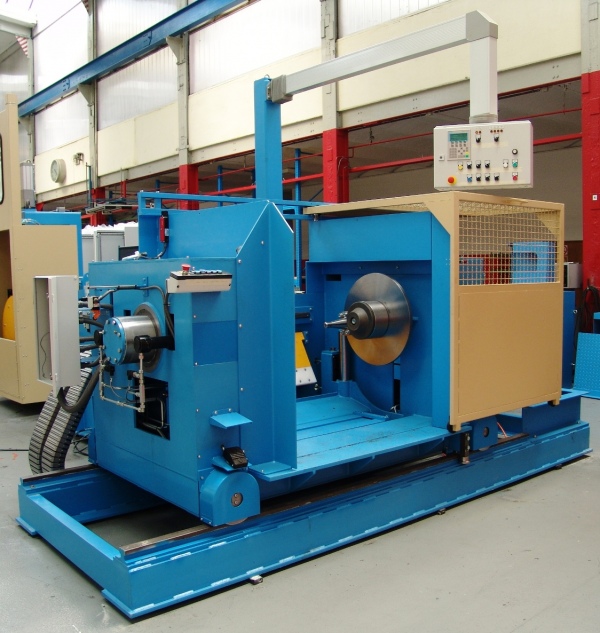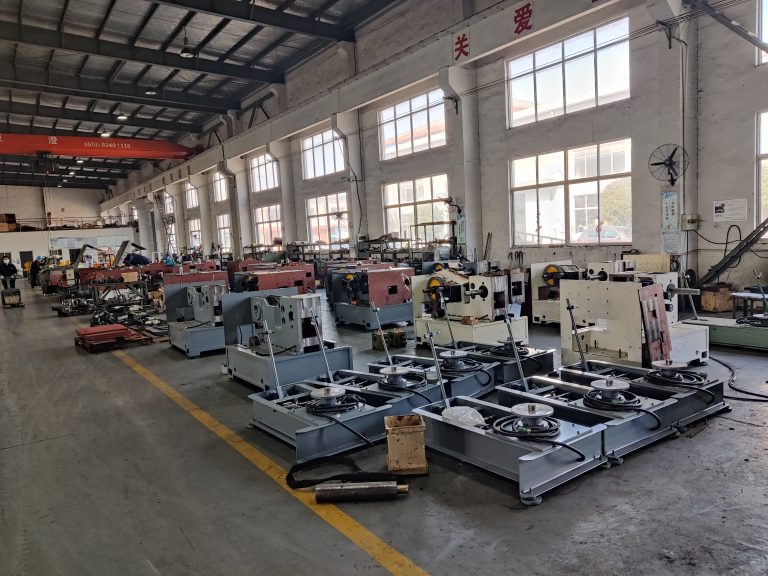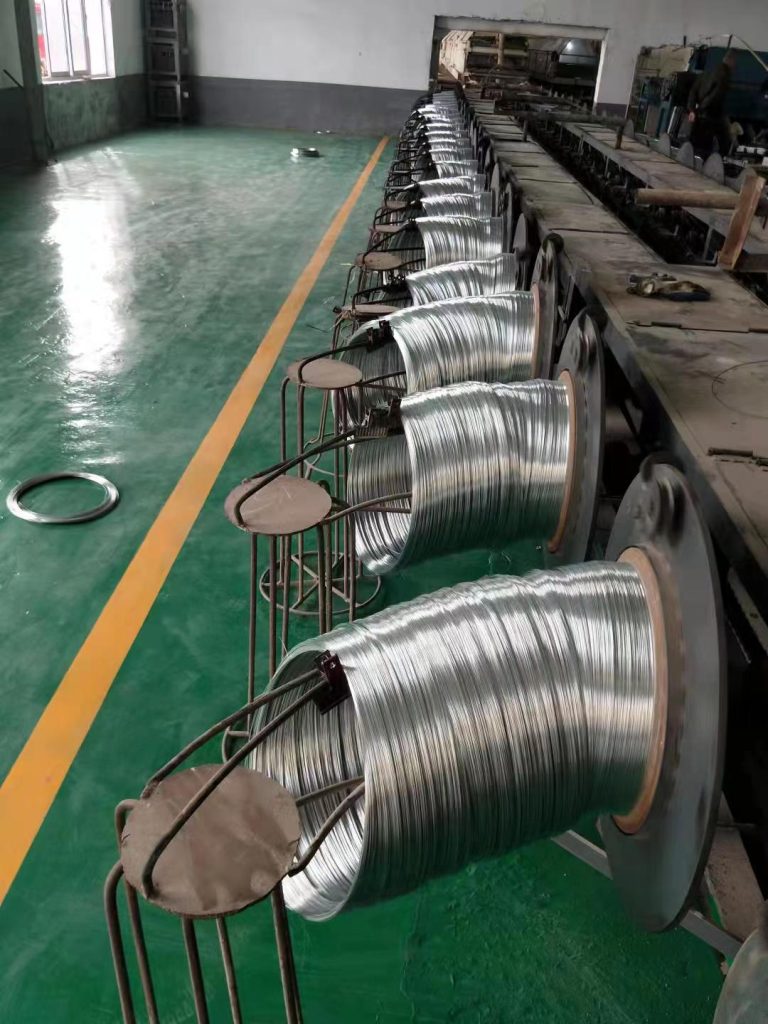Voordelen van het gebruik van draad van aluminiumlegering in elektrische toepassingen
Vergelijking van verschillende soorten aluminiumlegeringsdraad voor verschillende industrieën

Draad van aluminiumlegering is een veelzijdig materiaal dat in verschillende industrieën wordt toegepast vanwege zijn lichtgewicht, corrosiebestendige en hoge geleidbaarheidseigenschappen. Er zijn verschillende soorten draad van aluminiumlegering op de markt verkrijgbaar, elk met unieke kenmerken die ze geschikt maken voor specifieke toepassingen. In dit artikel vergelijken we verschillende soorten draad van aluminiumlegering en bespreken we hun toepassingen in verschillende industrieën.
Een van de meest gebruikte soorten draad van aluminiumlegering is 6061. Deze kwaliteit staat bekend om zijn uitstekende sterkte-gewichtsverhouding , waardoor het ideaal is voor toepassingen waarbij hoge sterkte en duurzaamheid vereist zijn. 6061 draad van aluminiumlegering wordt vaak gebruikt in de lucht- en ruimtevaartindustrie voor de productie van vliegtuigonderdelen, maar ook in de auto-industrie voor het maken van lichtgewicht onderdelen die hoge spanning en druk moeten kunnen weerstaan.
Een andere populaire kwaliteit draad van aluminiumlegering is 5052. Deze kwaliteit is zeer corrosiebestendig, waardoor het geschikt is voor buitentoepassingen waar blootstelling aan vocht en barre weersomstandigheden een probleem is. 5052 draad van aluminiumlegering wordt veel gebruikt in de bouwsector voor het maken van dakgoten, dakpanelen en andere buitenconstructies die bestand moeten zijn tegen de elementen.
Voor toepassingen die een hoge elektrische geleidbaarheid vereisen, heeft draad van 1350 aluminiumlegering de voorkeur. Deze draad van aluminiumlegering heeft een hoog zuiverheidsniveau, wat een efficiënte transmissie van elektriciteit mogelijk maakt. 1350 draad van aluminiumlegering wordt vaak gebruikt in de elektrische industrie voor het maken van krachttransmissielijnen, transformatorwikkelingen en andere elektrische componenten die een hoge geleidbaarheid vereisen.
In de maritieme industrie wordt 5083 draad van aluminiumlegering vaak gebruikt vanwege de uitstekende corrosieweerstand in zoutwater omgevingen. Deze kwaliteit aluminiumlegeringsdraad wordt vaak gebruikt voor de productie van scheepsrompen, scheepsonderdelen en andere maritieme constructies die bestand moeten zijn tegen de corrosieve effecten van zeewater.
Als het om lastoepassingen gaat, is 4043 aluminiumlegeringsdraad een populaire keuze. Deze draad van aluminiumlegering heeft een goede lasbaarheid en wordt vaak gebruikt voor het lassen van aluminium aan aluminium of aluminium aan andere metalen. Draad van aluminiumlegering 4043 wordt veel gebruikt in de bouwsector voor het lassen van aluminiumconstructies, maar ook in de auto-industrie voor het repareren van aluminium onderdelen.
In de verpakkingsindustrie wordt draad van aluminiumlegering 8011 vaak gebruikt voor het maken van aluminiumfolie. Deze draad van aluminiumlegering heeft een uitstekende vervormbaarheid en is geschikt voor het verpakken van voedsel, farmaceutische producten en andere producten die moeten worden beschermd tegen vocht en verontreinigingen.
Over het algemeen hangt de keuze van draad van aluminiumlegering af van de specifieke vereisten van de toepassing . Of u nu hoge sterkte, corrosieweerstand, elektrische geleidbaarheid, lasbaarheid of vervormbaarheid nodig heeft, er is een draad van aluminiumlegering die geschikt is voor uw behoeften. Door de kenmerken van verschillende soorten aluminiumlegeringsdraad te begrijpen, kunt u een weloverwogen beslissing nemen over welke kwaliteit het meest geschikt is voor uw branche en toepassing.
Aluminum Alloy Wire is a versatile material that finds applications in various industries due to its lightweight, corrosion-resistant, and high conductivity properties. Different grades of aluminum alloy wire are available in the market, each with unique characteristics that make them suitable for specific applications. In this article, we will compare different grades of aluminum alloy wire and discuss their uses in various industries.
One of the most commonly used grades of aluminum alloy wire is 6061. This grade is known for its excellent strength-to-weight ratio, making it ideal for applications where high strength and durability are required. 6061 aluminum alloy wire is often used in the aerospace industry for manufacturing aircraft components, as well as in the automotive industry for making lightweight parts that need to withstand high stress and pressure.
Another popular grade of aluminum alloy wire is 5052. This grade is highly corrosion-resistant, making it suitable for outdoor applications where exposure to moisture and harsh weather conditions is a concern. 5052 aluminum alloy wire is commonly used in the construction industry for making gutters, roofing panels, and other outdoor structures that need to withstand the elements.

For applications that require high electrical conductivity, 1350 aluminum alloy wire is the preferred choice. This grade of aluminum alloy wire has a high purity level, which allows for efficient transmission of electricity. 1350 aluminum alloy wire is commonly used in the electrical industry for making power transmission lines, transformer windings, and other electrical components that require high conductivity.
In the marine industry, 5083 aluminum alloy wire is often used due to its excellent corrosion resistance in saltwater environments. This grade of aluminum alloy wire is commonly used for manufacturing boat hulls, ship components, and other marine structures that need to withstand the corrosive effects of seawater.
When it comes to welding applications, 4043 aluminum alloy wire is a popular choice. This grade of aluminum alloy wire has good weldability and is often used for welding aluminum to aluminum or aluminum to other metals. 4043 aluminum alloy wire is commonly used in the construction industry for welding aluminum structures, as well as in the automotive industry for repairing aluminum parts.
In the packaging industry, 8011 aluminum alloy wire is commonly used for making aluminum foil. This grade of aluminum alloy wire has excellent formability and is suitable for wrapping food, pharmaceuticals, and other products that need to be protected from moisture and contaminants.
Overall, the choice of aluminum alloy wire grade depends on the specific requirements of the application. Whether you need high strength, corrosion resistance, electrical conductivity, weldability, or formability, there is a grade of aluminum alloy wire that is suitable for your needs. By understanding the characteristics of different grades of aluminum alloy wire, you can make an informed decision on which grade is best suited for your industry and application.






